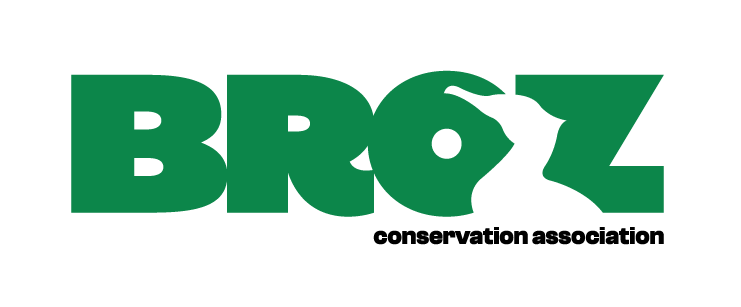How simulated flooding affects reproduction of frogs and newts
In the frame of the project LIFE Danube floodplains monitoring of amphibians continued also during the 2022 season. Several areas within six locations were monitored. Amphibian reproduction was greatly affected by the simulated flooding regime; this year spring flood lasting from May 14 for 30 days and the summer flood from June 13 for 16 days.
Dunajské Kriviny were well watered in 2022 and provided suitable conditions for the reproduction of amphibians. The water condition was further improved by simulated floods. The amphibians were also attracted by the wetland, which was created here in the floodplain forest, where the trees gradually die and the area becomes brighter.
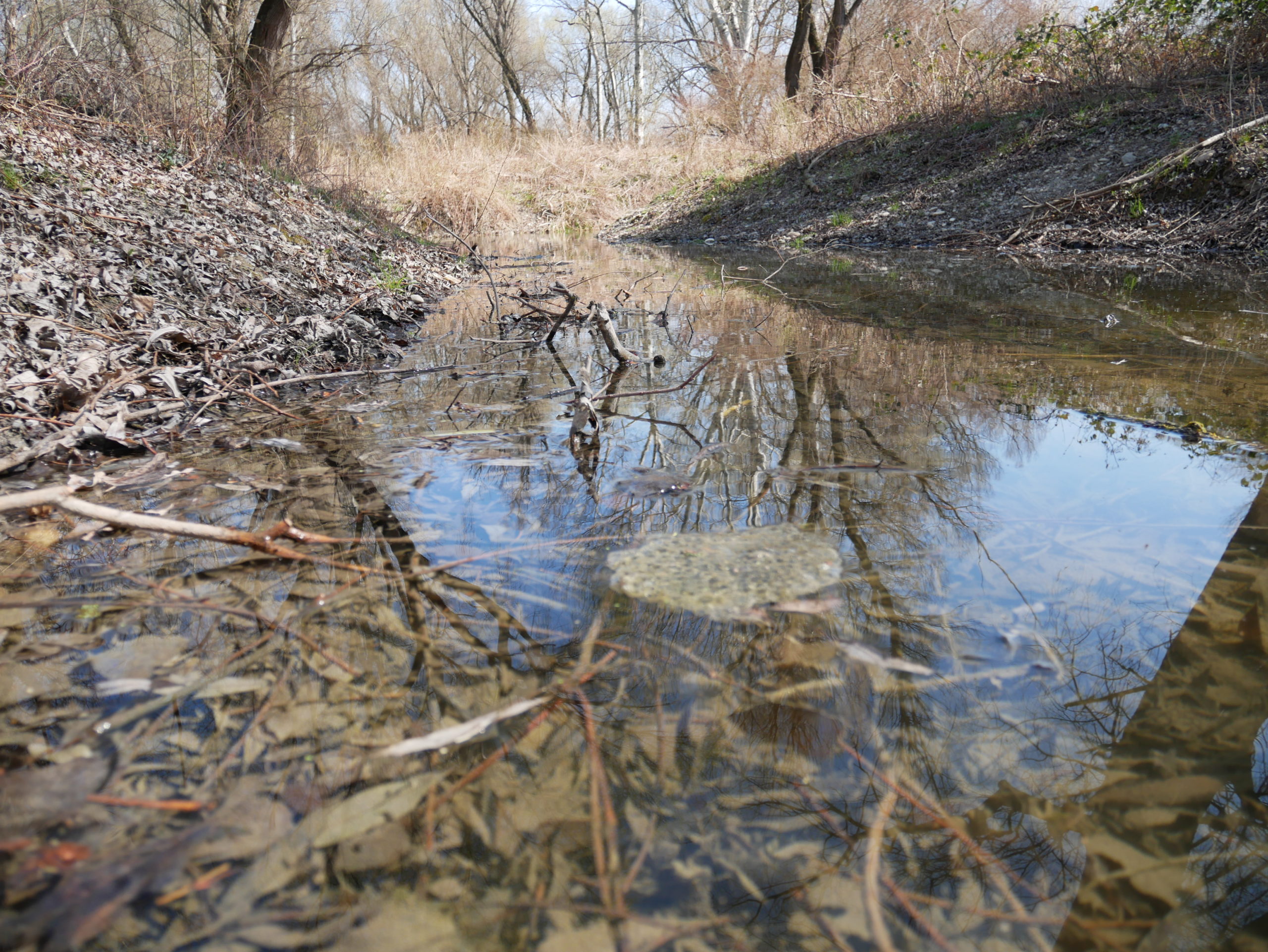
In Dobrohošť, the flooding of several areas created one large, continuous wetland, where amphibians had the opportunity to find enough reproductive sites from early spring to summer.
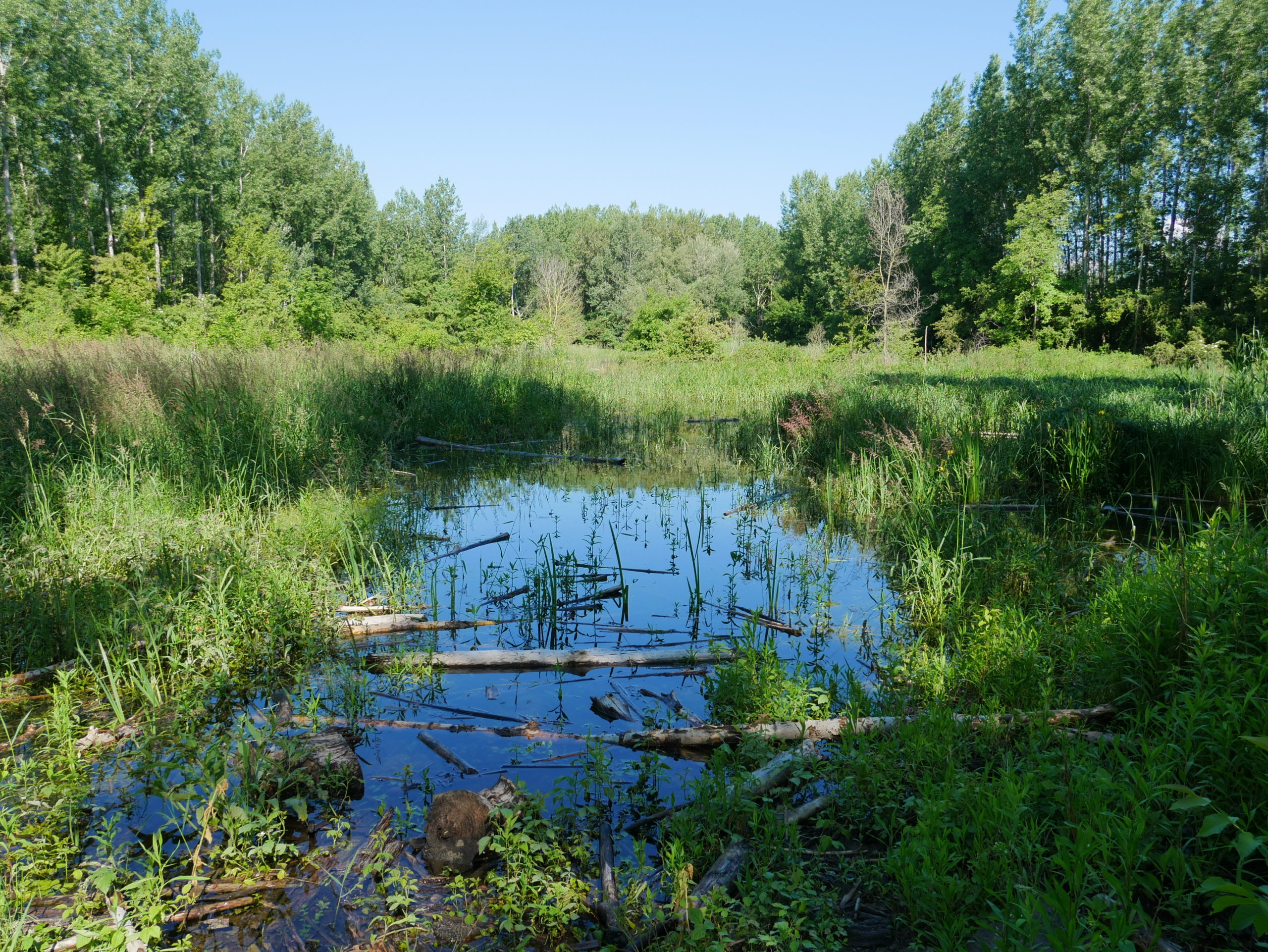
Both Dunajské Kriviny and Dobrohošť are located close to the inlet through which water is led into the Danube river branch system. Thanks to this, the simulated floods will have quite intense effect and the areas will be well watered.
The situation was different in the areas around Kráľovská meadow, Bakanské river branch and Istragov. It was dry in several places here in April. Despite the good watering in June, a low number of individuals was observed here, which was probably related to the unfavorable state of the water in spring. The sites would benefit from an earlier onset of spring simulated flooding, already at the end of March and beginning of April, so that species that breed in early spring have time to reproduce.
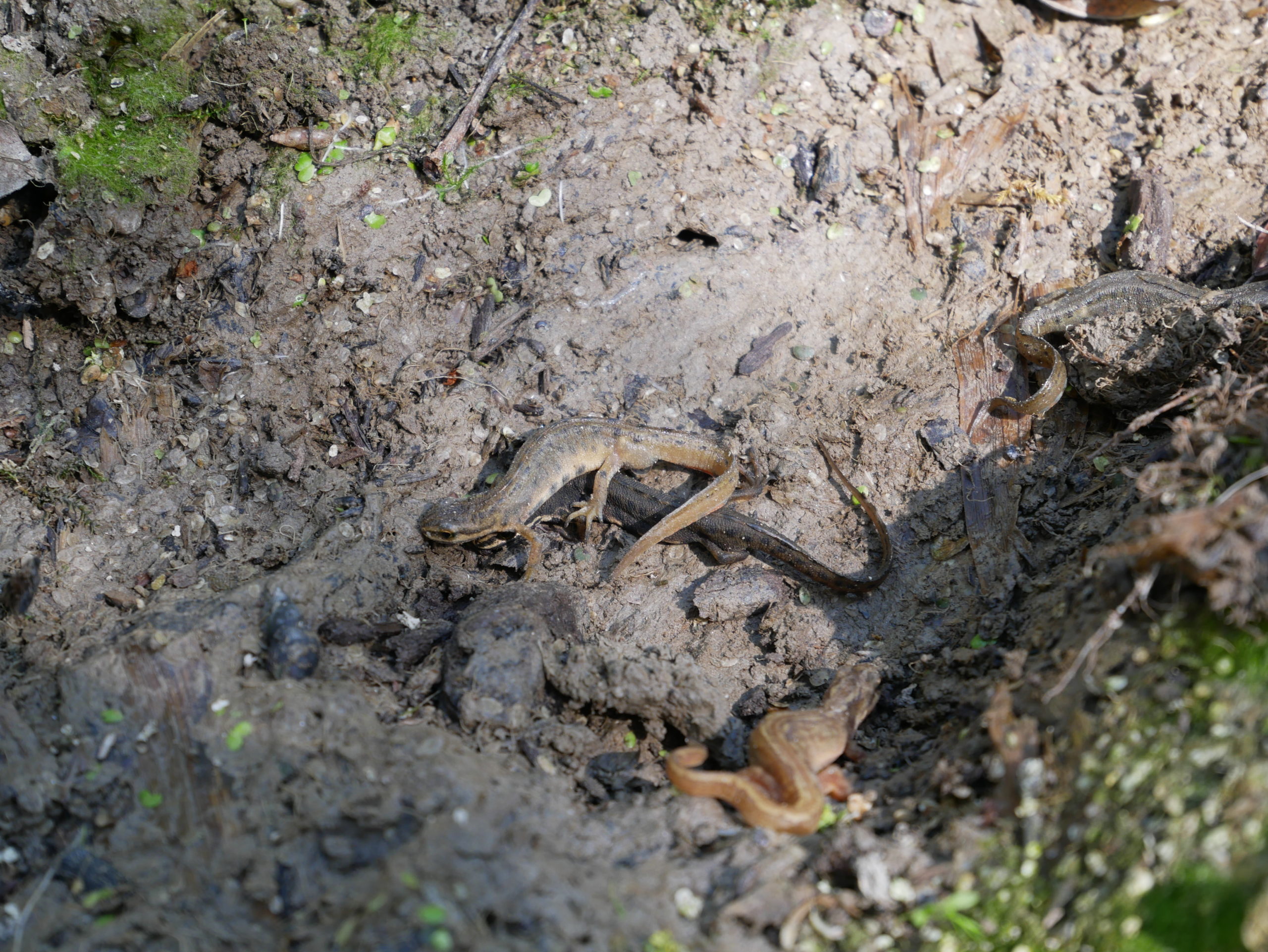
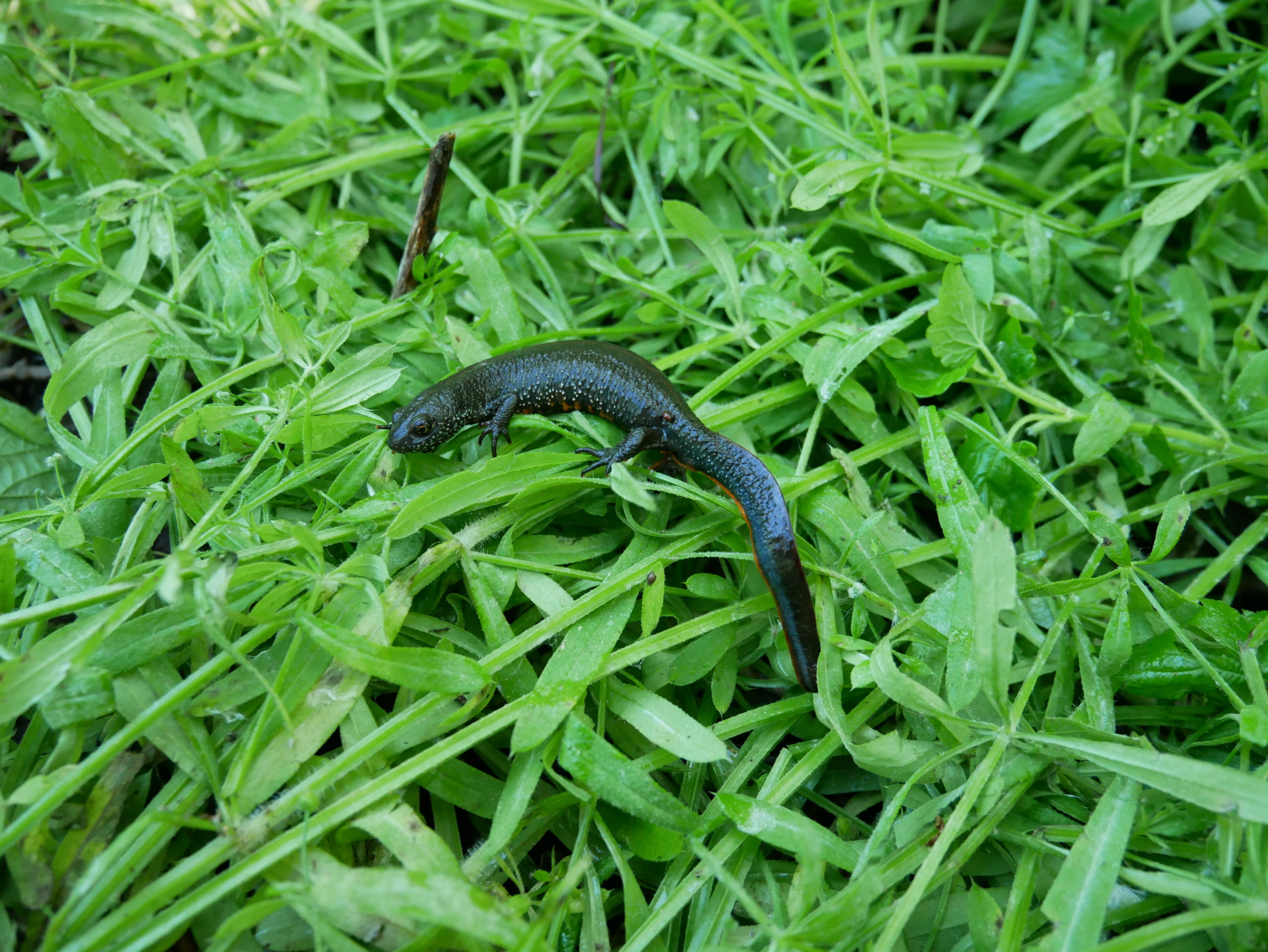
There was enough water in the areas around Kráľovská meadow and Istragov during the flood, but they were already dry in mid-July. In isolated puddles were found e.g. red-bellied toads, which certainly did not have time to metamorphose before the puddles dried up completely.
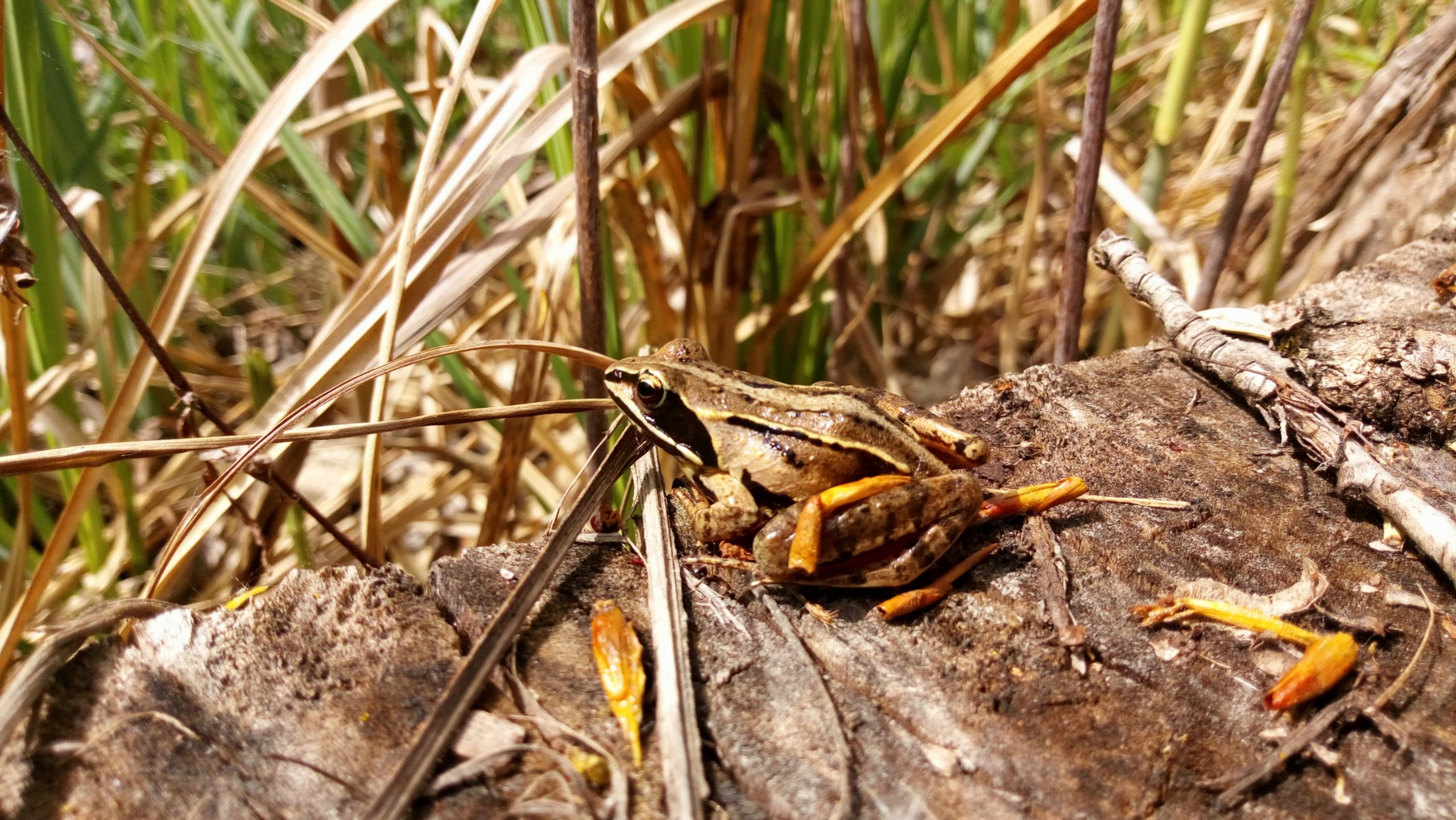
In 2022, new canals were built on Istragov, which, after being filled with water, were occupied by amphibians. Thanks to the simulated flood, the surrounding wetlands were flooded, but soon after the flood receded, they were left without water. An extension of the summer flood would allow the successful metamorphosis of amphibian larvae and improve the status of their populations.
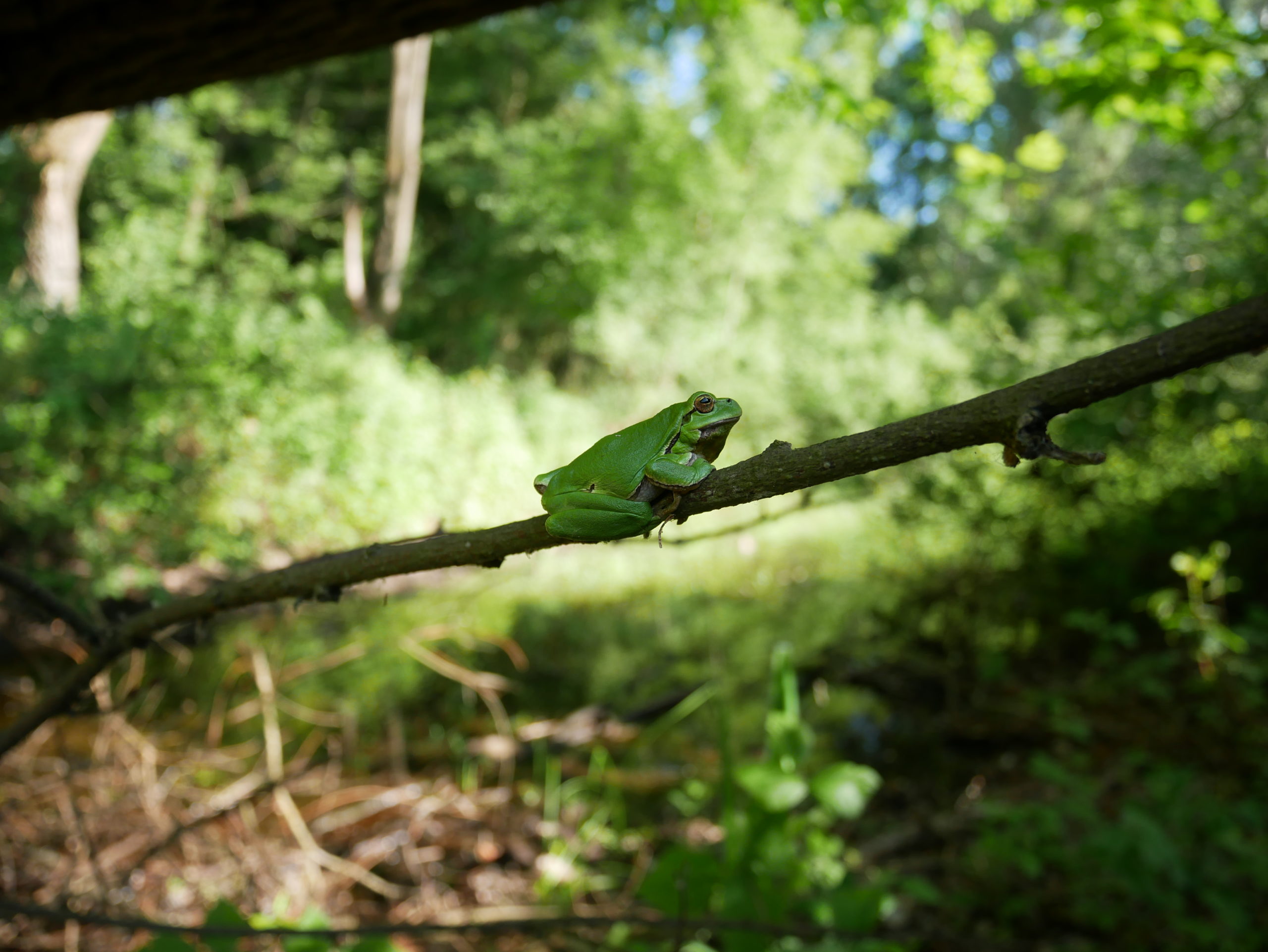
Hydrological regime of sites is key for the occurrence and reproduction of amphibians. Some species occurring in the Danube region (agile frog, moor frog, common toad, smooth and Danube crested newt) start breeding in early spring (March, April). For these species, it would therefore be advisable to create such conditions that their reproductive sites are watered earlier (at least from mid-March). On the other hand, other species (European tree frog, common spadefoot, red-bellied toad, water frogs) breed from April to early June, and their larvae develop in the water until the end of July, beginning of August. For reproduction and larval development of these species, it would be advisable for the areas to be watered at least until the end of July.
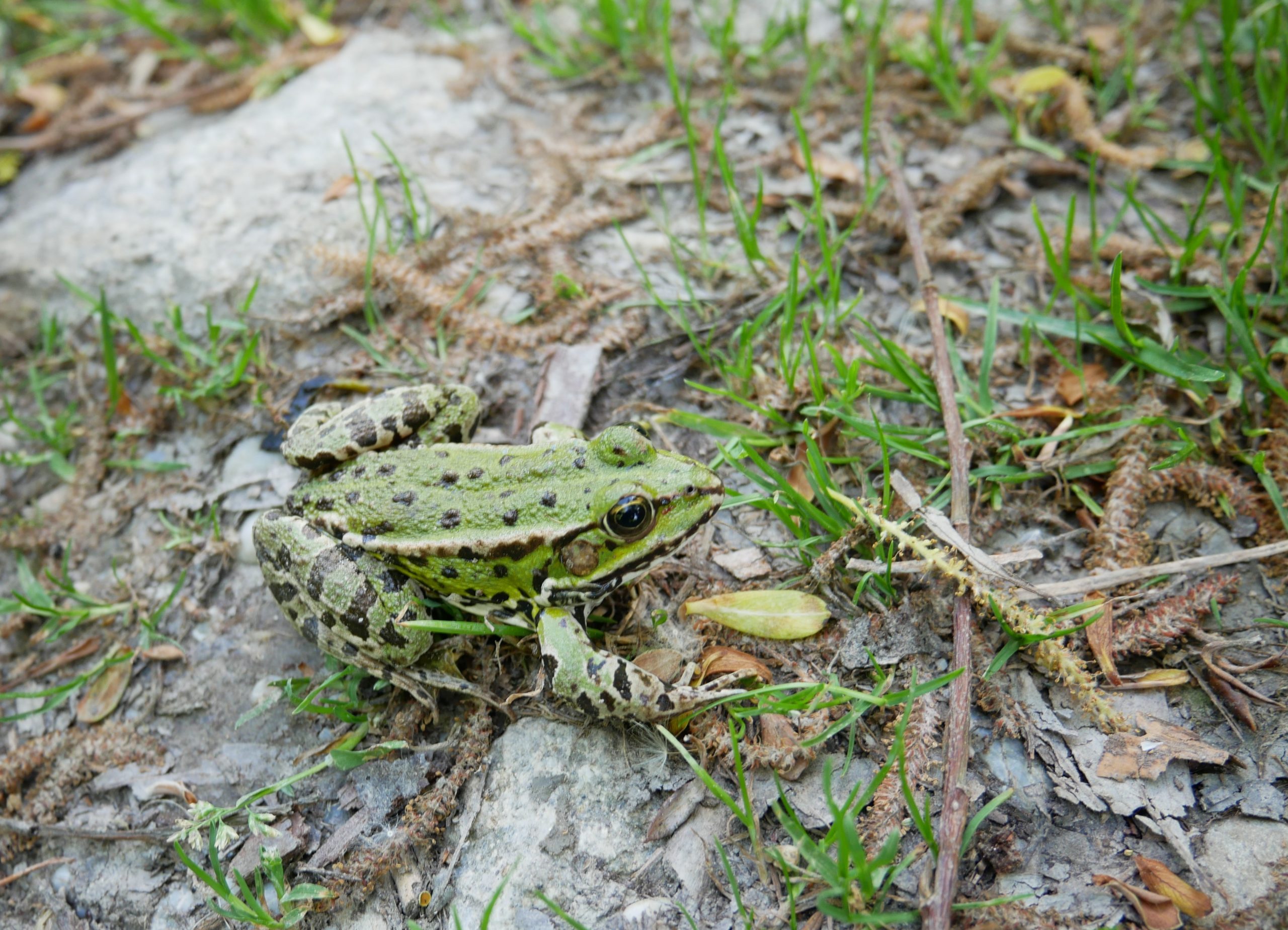
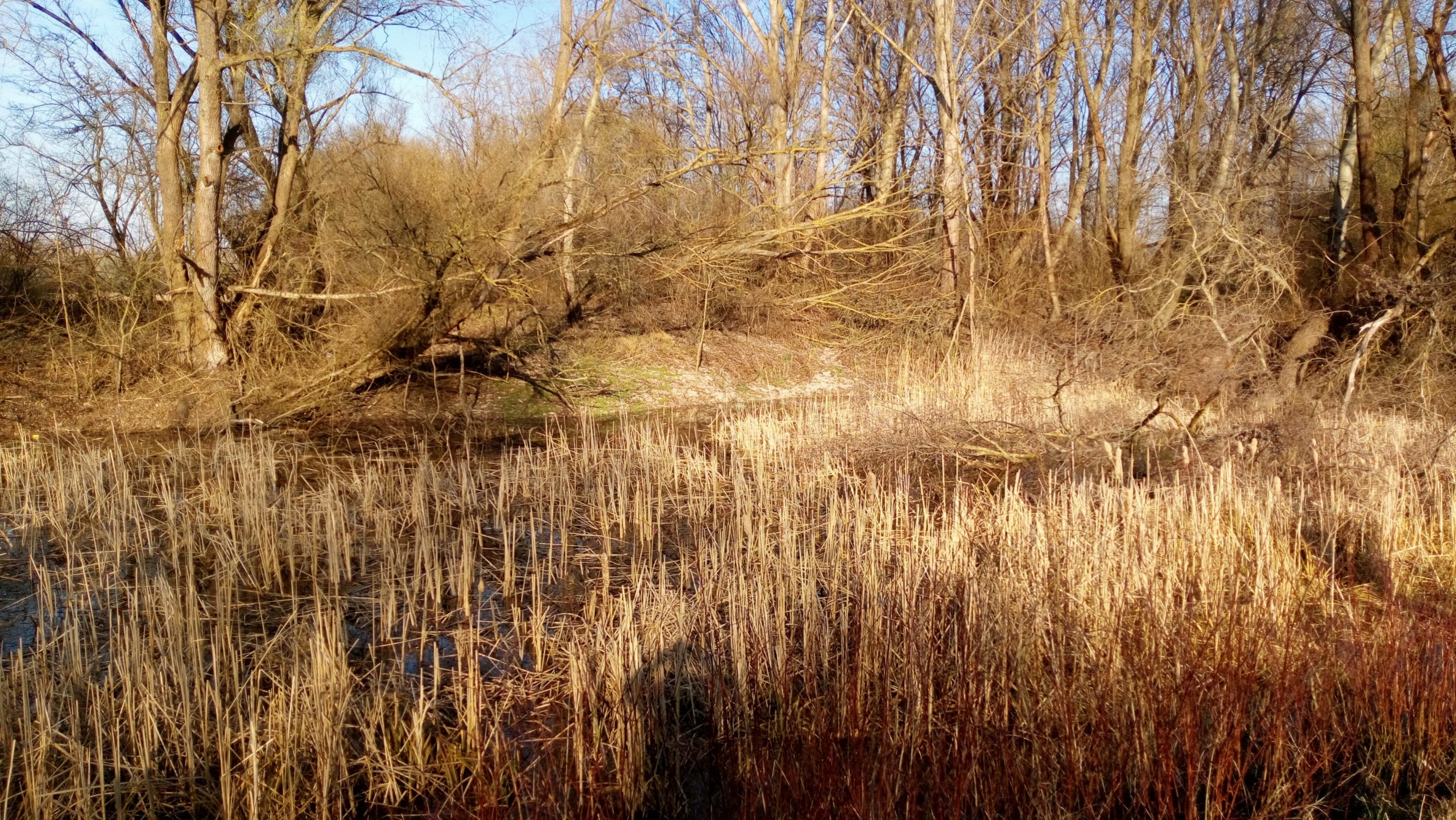
Here you can find results from amphibian monitoring during years 2019, 2020 a 2021.
(monitoring and evaluation, photo material: doc. Mgr. Peter Mikulíček, PhD., Department of Zoology, Comenius University in Bratislava)

